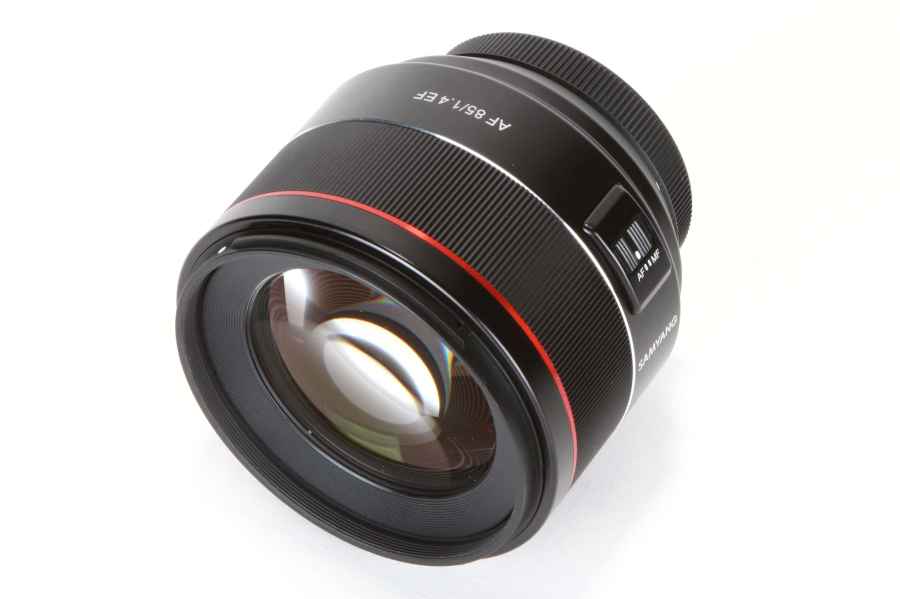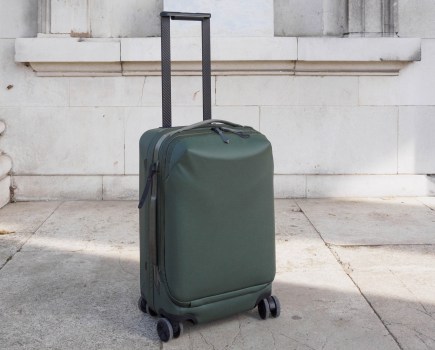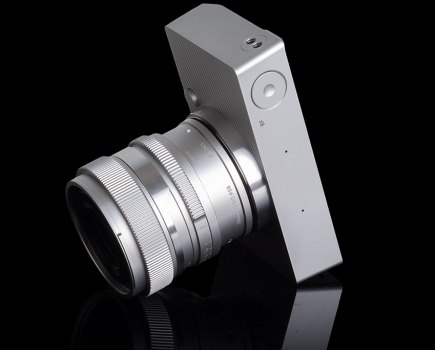Samyang AF 85mm f/1.4 EF review: Introduction
Korean lens manufacturer, Samyang, is best known for its range of manual-focus lenses. Recently, the company’s attention has been diverted towards expanding its line-up of autofocus lenses.
Samyang has produced five prime lenses with AF in E-mount for Sony’s full-frame A7-series and has developed two prime lenses with AF for Canon users. The Samyang AF 85mm f/1.4 EF is the latest example, but don’t get this confused with its premium manual focus lens, the XP 85mm f/1.2, or its cheaper sibling, the 85mm f/1.4 AS IF UMC.
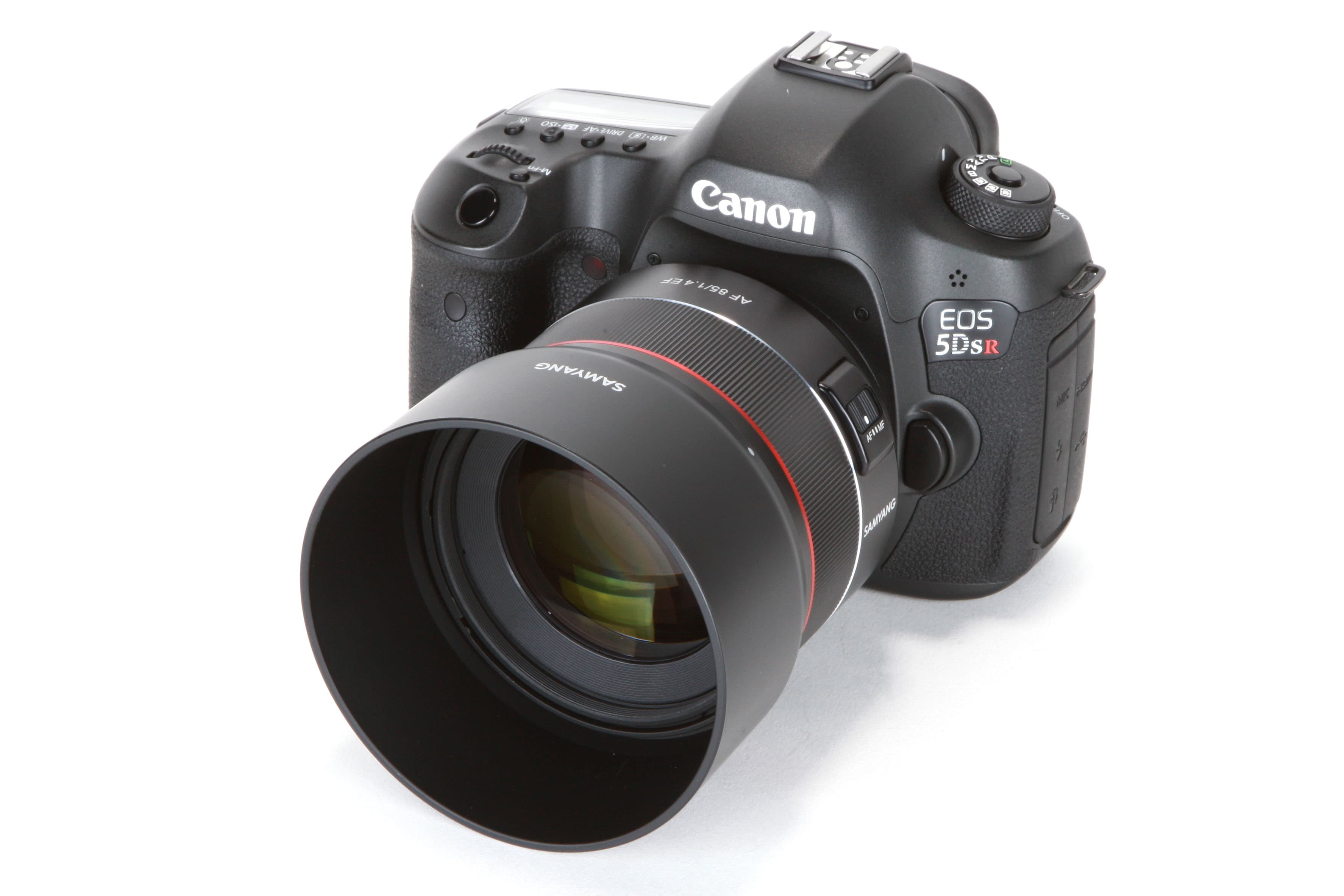
The lens was tested with both the Canon EOS 5DS R and Canon EOS 5D Mark III
Compared to the EF 85mm f/1.4L IS USM (£1,379) that Canon announced last year, the Samyang AF 85mm f/1.4 EF is less than half the price. It doesn’t feature optical image stabilisation or the same premium build quality, but for those who’d like an affordable and fast short telephoto prime for under £600 it’s an intriguing option.
It’s not just the price that’s appealing either. It’s 380g lighter than the Canon lens mentioned above and is much more compact than both it and the Sigma 85mm f/1.4 DG HSM Art (£999). All this sounds very promising, so what’s not to like?
Click here to see the Samyang AF 85mm f/1.4 EF image sample gallery
Samyang AF 85mm f/1.4 EF review: Features
Being an EF lens, the Samyang AF 85mm f/1.4 EF is fully compatible with Canon full-frame DSLRs as well as those that employ an APS-C size sensor. Coupled to the later, or any Canon mirrorless cameras via the EF-EOS M mount adapter, it becomes a practical and creative telephoto prime lens that’s equivalent to 136mm. For the purpose of this review it was paired predominantly with the Canon EOS 5DS R.
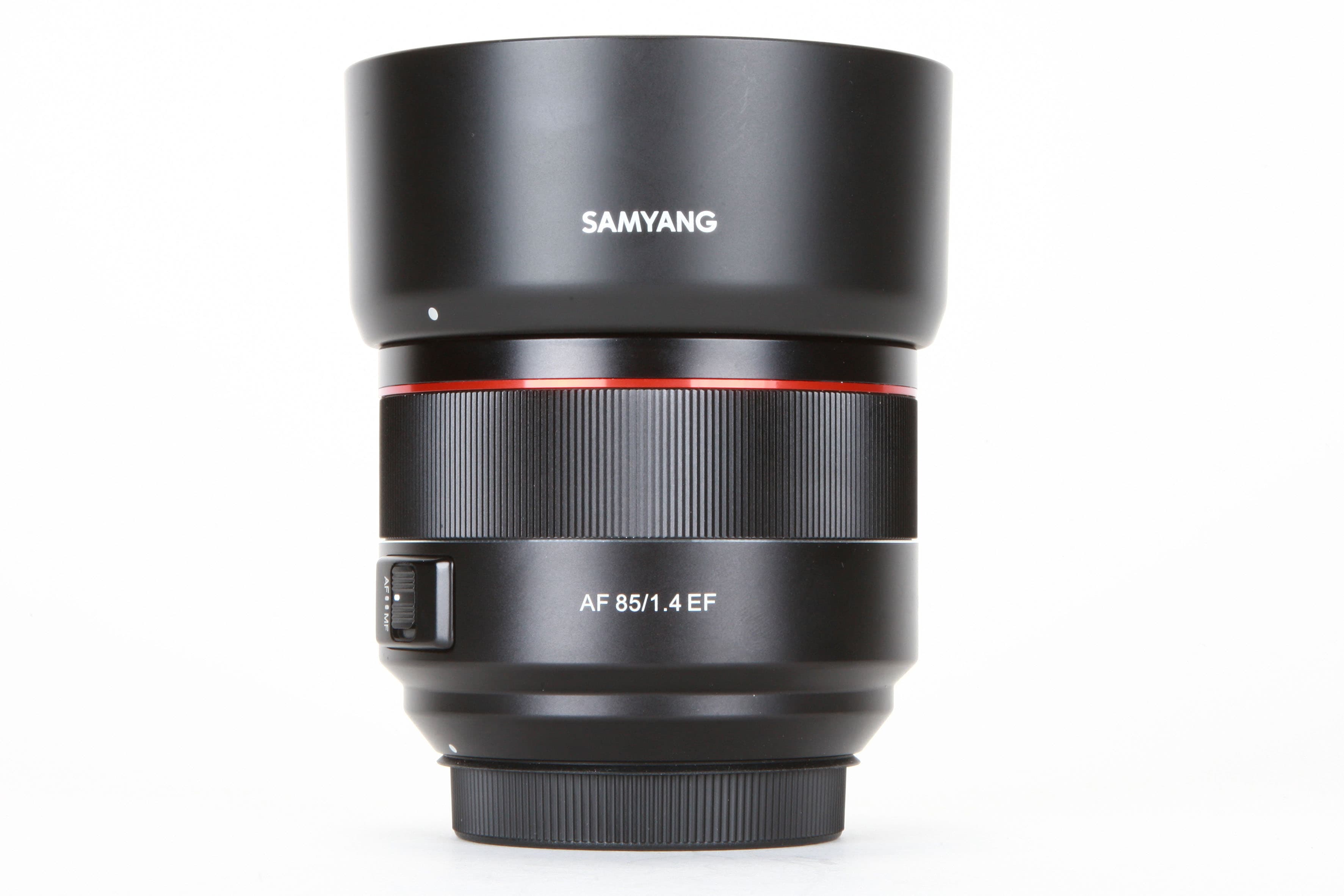
The main appeal of the lens is its fast maximum aperture, which will attract portrait, wedding and low-light photographers who’d like to isolate subjects from their surroundings and create blurred backgrounds with attractive bokeh. It gathers half a stop more light than Canon’s old, but still readily available, EF 85mm f/1.8 USM (£414), and unlike most of its competition, it’s extremely light for its size.

The construction is formed of 9 elements in 7 groups, with one hybrid aspherical lens element. It has nine aperture blades and is equipped with Samyang’s Dual type LSM (Linear Supersonic Motor), which is claimed to deliver a fast, accurate and quiet autofocus performance. Samyang has also applied its Ultra Multi-Coating (UMC) to the front element to eliminate the affects of lens are and ghosting when shooting towards the light.

Other technical information not yet mentioned include its 0.90m minimum focusing distance and 77mm lter thread at the front. This is the same size as you’ll find on Canon’s EF 85mm f/1.4L IS USM lens, but smaller than Sigma’s 85mm f/1.4 DG HSM Art, which accepts lters and adapters of the 86mm variety.
Samyang AF 85mm f/1.4 EF review: Build & Handling
The barrel is average size in diameter for an 85mm f/1.4 lens, but very compact in length. It’s 72mm long without its plastic hood and rear cap attached, which is almost identical in length to Canon’s EF 85mm f/1.8 USM lens that weighs just 60g less. The lens adds only 485g to the camera it’s paired with, making it one of the lightest 85mm f/1.4 lenses currently available. The balance of camera and lens doesn’t feel front heavy, nor does it feel out of place coupled to a smaller APS-C DSLR.
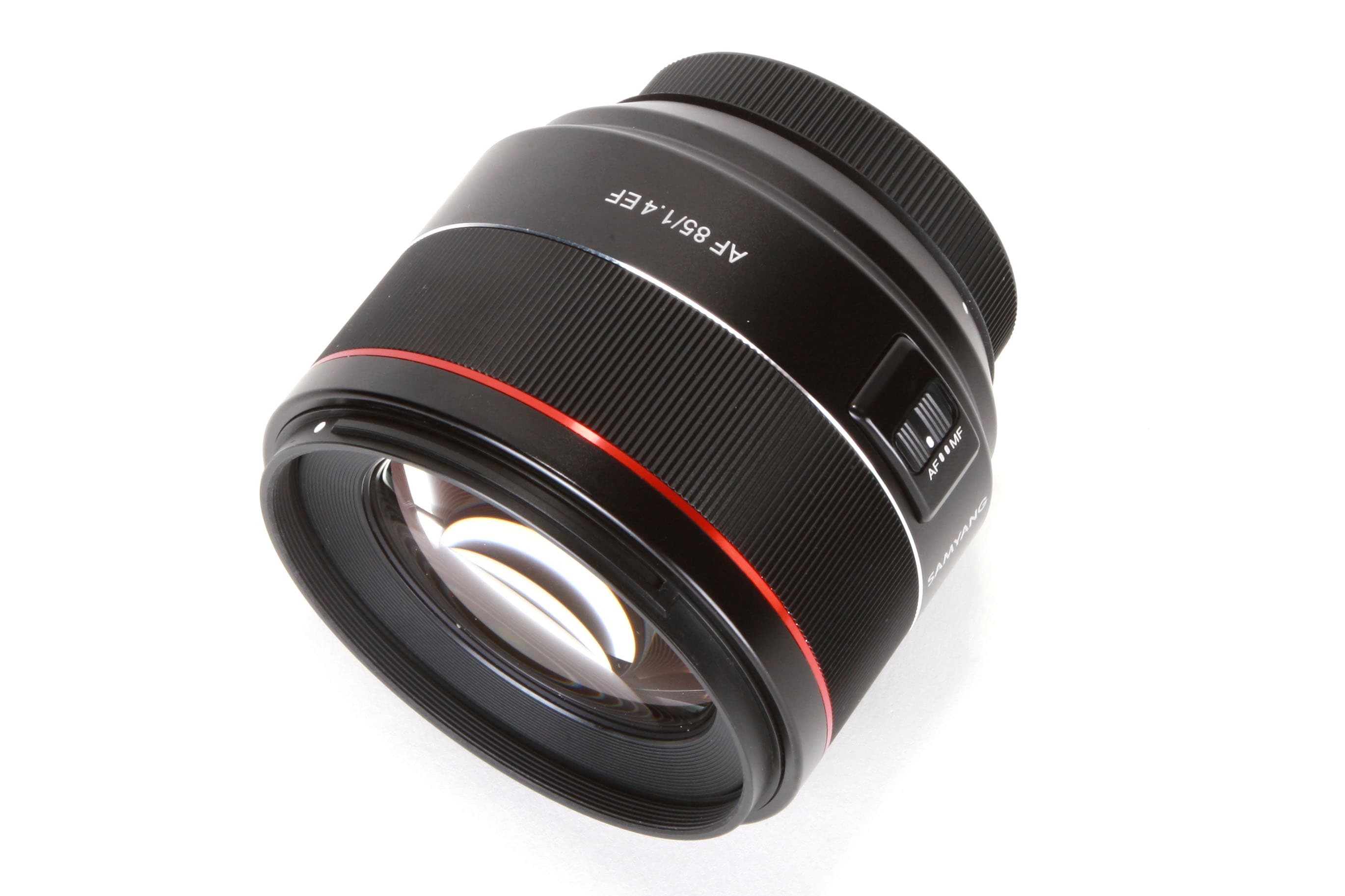
What you notice when you start comparing it to premium alternatives is that its build quality isn’t in the same league. It’s not that it’s poorly made or badly nished, it’s just that the barrel feels quite plasticky and the manual focus ring isn’t rubberised. The finely grooved manual focus ring doesn’t offer much resistance, and there’s no focus distance window to glance down at.
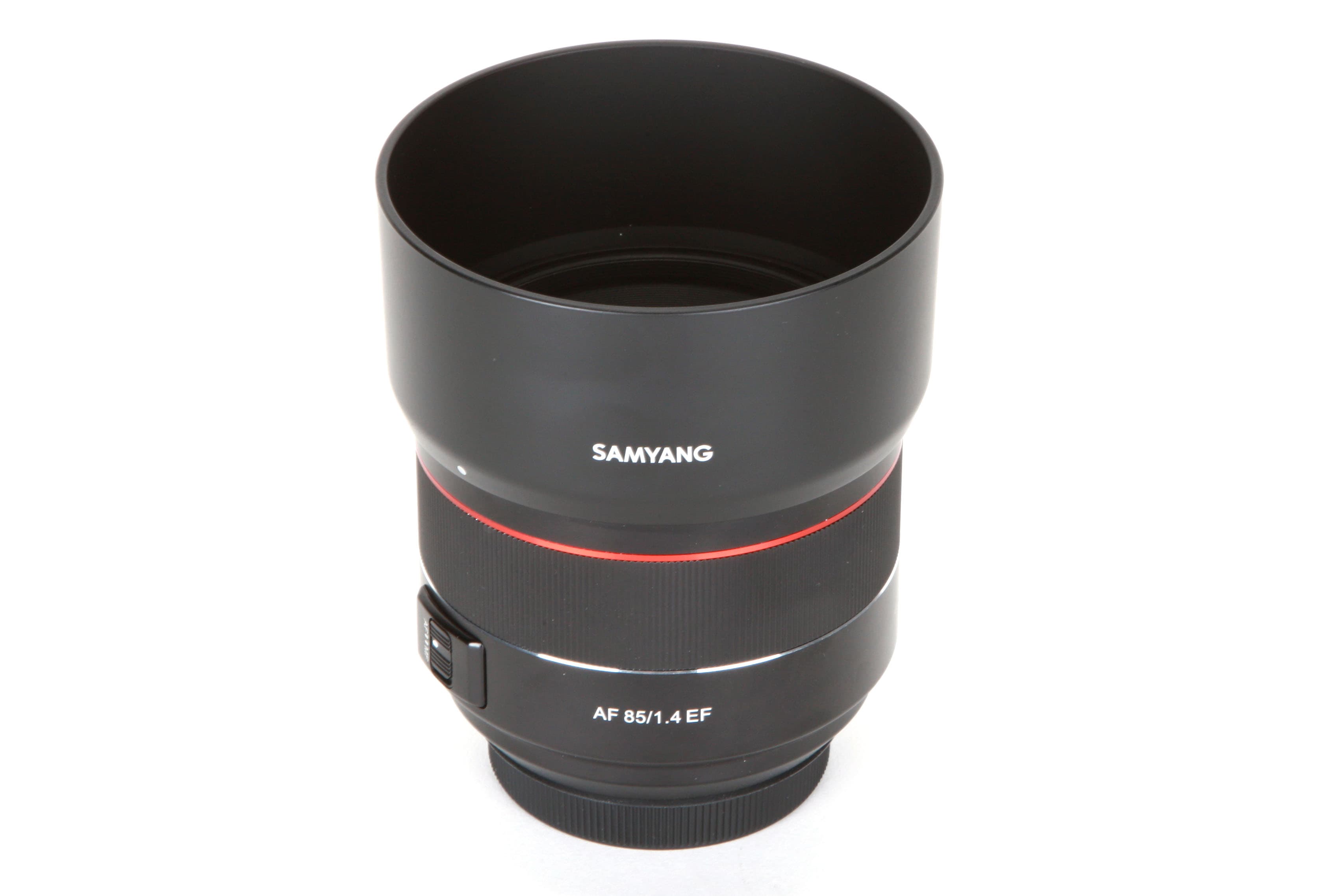
I also found the positioning of the AF/ MF switch a fraction too high – you have to reach round the barrel to find it with your thumb rather than come across it naturally when supporting the lens in your hand. Towards the rear of the lens the barrel tapers inward quite sharply and there’s a rubber seal that compresses against the mount of the camera to protect against dust and moisture.
Samyang AF 85mm f/1.4 EF review: Autofocus
Samyang is still rather new to the idea of incorporating AF into its lenses. AF acquisition is fairly brisk thanks to the inclusion of the Dual type LSM; however its lock-on speed isn’t as hasty as the Canon EF 85mm f/1.4L.
Carrying out several focusing tests and swapping between different lenses made me aware of an odd AF phenomenon, where if you leave the camera switched on, remove the lens and then reattach it, it refuses to autofocus again until the AF point is highlighted using the AF point selection button and the shutter is half pressed. One way to get around this was to make sure the camera is switched off between changing lenses – this isn’t exactly ideal for the wedding and portrait photographers the lens is aimed at, who swap lenses frequently and work quickly. Since testing the lens, I’ve been told this issue will be rectified by new firmware, which will be added to all lenses before shipments are made.
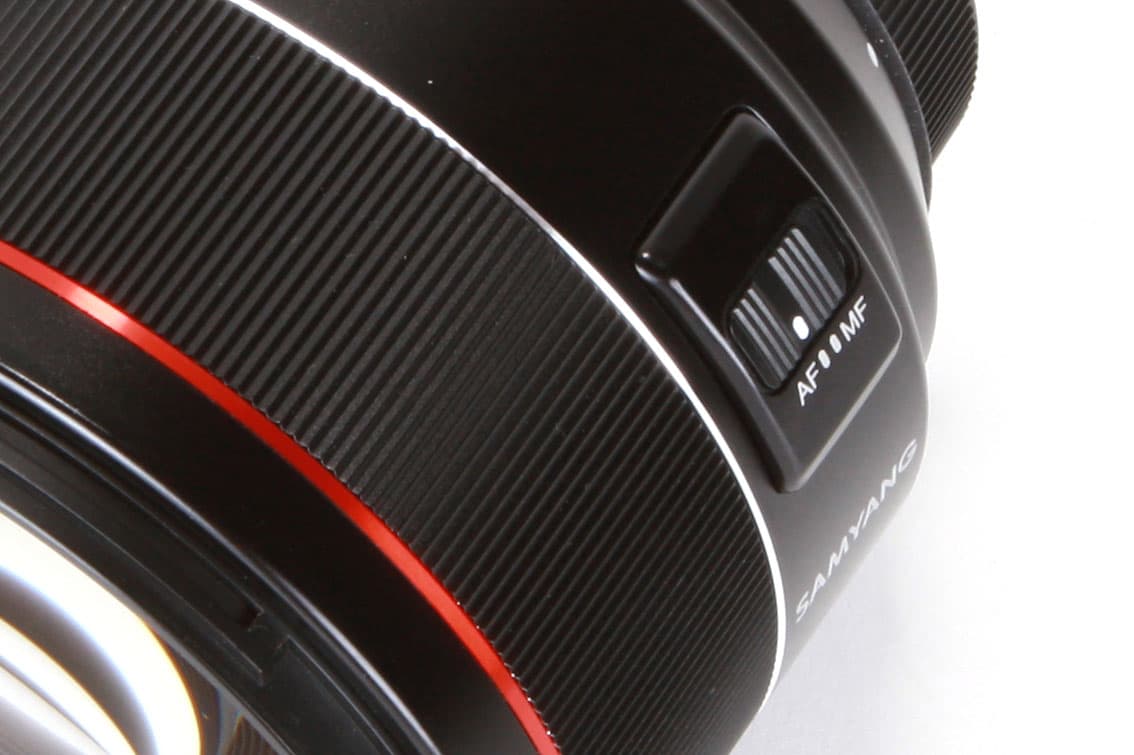
While the focus motor isn’t entirely silent, its high-pitched whirring is unlikely to be intrusive when used outdoors. Focus accuracy was satisfactory during real-world testing, but with such a fine margin for error and a fast fall off in focus at very wide apertures, you’ll want to pay careful attention to your focusing technique, particularly when photographing small subjects against complex backgrounds.
Samyang AF 85mm f/1.4 EF review: Image Quality
With the Canon EF 85mm f/1.4L IS USM and Canon EF 85mm f/1.8 USM in my possession, I couldn’t resist comparing their aperture ranges to see where the Samyang lens stands in terms of sharpness. An inspection of shots at high magnification revealed Canon’s 85mm f/1.4 delivers far superior sharpness, not just wide open at f/1.4, but also right through the aperture range.

Canon EOS 5DS R, 1/500sec at f/2.8, ISO 200
Canon’s 85mm f/1.8 lens is also sharper than the Samyang wide open and suffers from less spherical aberration. Stopping the Samyang down from f/1.4 to f/2.8 sees an improvement in sharpness, but for a lens we hoped would deliver a strong sharpness performance wide open, it is disappointing.

Canon EOS 5D Mark III, 1/8000sec at f/2.8, ISO 800
Analysing our results from the lab backed up my real-world ndings and con rmed that the best edge-to-edge sharpness is found when it’s stopped down to f/5.6. The quality of blur produced in the out-of-focus parts of an image is appealing, and attractive circular highlights are rendered at wide aperture settings.

Canon EOS 5DS R, 1/250sec at f/2.8, ISO 100
Sadly, the way the lens handles chromatic aberration isn’t better than its sharpness performance. Green and purple fringes of colour are clearly obvious along high-contrast edges at wide apertures. To remove the chromatic abberation, I opened my raw files in Adobe Camera Raw and used the purple amount, green amount and green hue defringe sliders under the lens corrections tab.

Canon EOS 5DS R, 1/80sec at f/1.4, ISO 800
Vignetting is also clearly apparent at f/1.4, with the corners measuring about 1.6EV darker than the centre. Stopping the lens down to f/2 sees a big improvement and by the time f/2.8 is reached vignetting is barely noticeable.
Samyang AF 85mm f/1.4 EF review: Resolution, shading and curvilinear distortion
Resolution

The lens produced a poor set of resolution results wide open. As the solid red line on the chart shows, sharpness improves considerably by stopping down to f/2.8, with centre sharpness peaking around f/5.6. The Sigma 85mm f/1.4 DG HSM Art and Canon EF 85mm f/1.4L IS USM produce sharper results wide open and deliver far superior edge sharpness. Corner sharpness gradually improves to where it peaks between f/5.6 and f/8.
Shading

Uncorrected corner shading at f/1.4
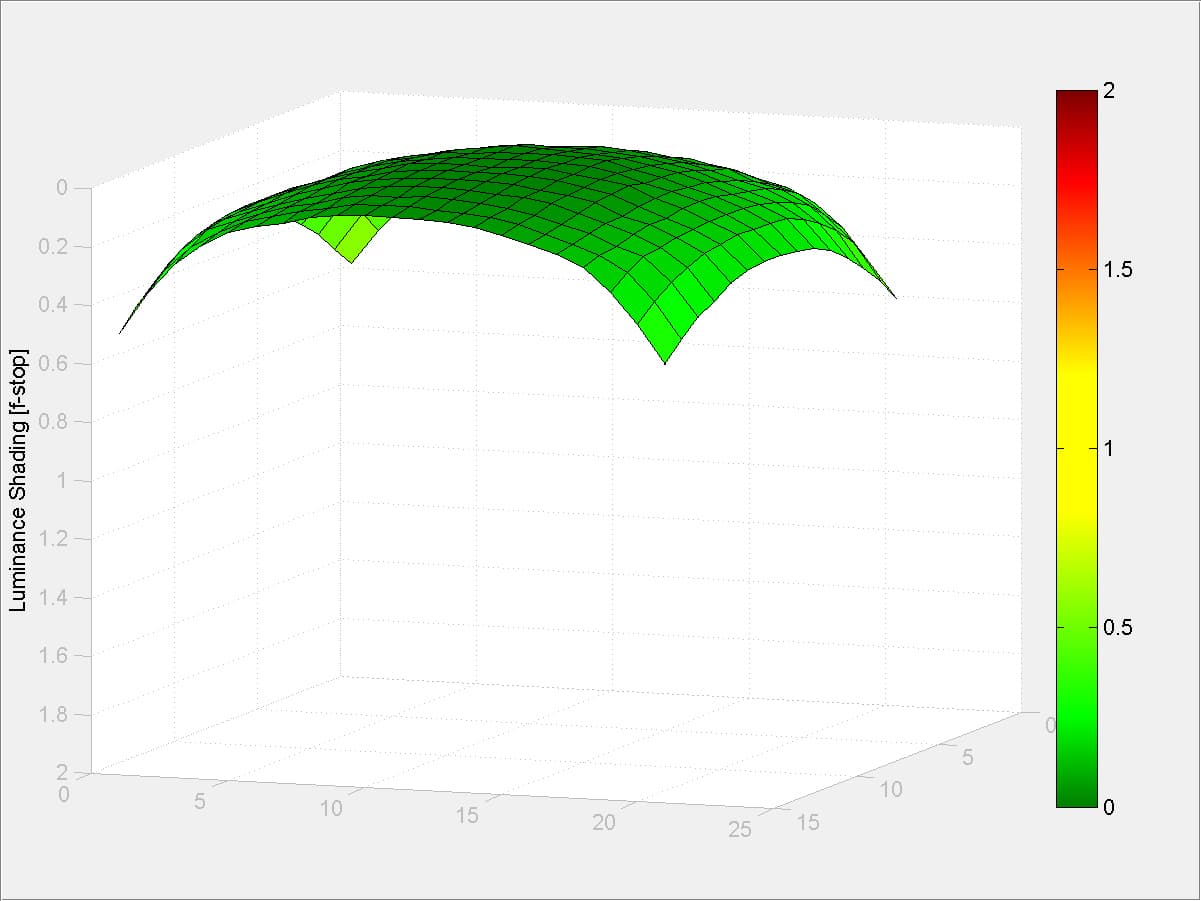
Uncorrected corner shading at f/2.8
Using the lens wide open at f/1.4 results in the corners of images appearing about 1.6EV darker than the centre. By f/2.8 corner shading is less severe and unrecognisable in real-world images. At the time of testing a lens profile was unavailable, but the profile for Samyang’s 85mm f/1.4 AS IF UMC lens was effective at correcting corner shading.
Curvilinear Distortion
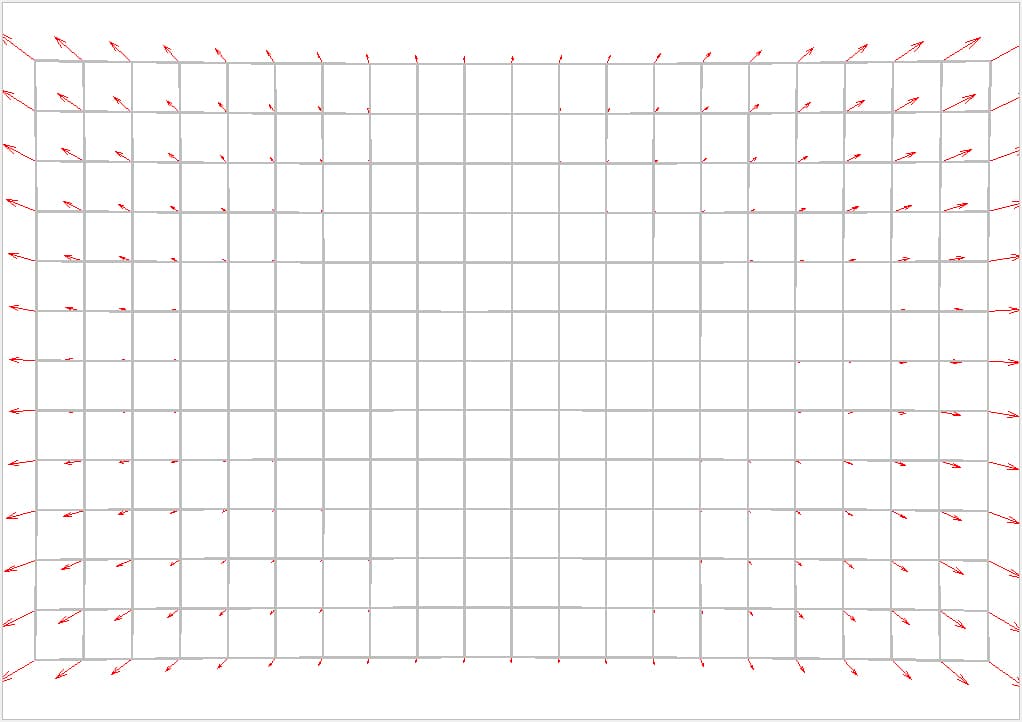
Uncorrected curvilinear distortion, 1.2% TV SMIA
Our test shot was taken from a distance of 2m and shows that the lens exhibits minor pincushion distortion. You may notice this in images where straight lines are placed along the edges of the frame, but in most cases you won’t notice it and will be able to get away without correcting for it.
Samyang AF 85mm f/1.4 EF review: Verdict
The Samyang AF 85mm f/1.4 EF faces stiff competition, yet stands out from other 85mm f/1.4 lenses with its lightweight and compact design.
It’s an appealing lens as it doesn’t add too much bulk and keeps the camera nicely balanced in the hand without feeling front heavy, but is ultimately let down by the sharpness it resolves at its maximum aperture. It’s a lens that forces you to stop down to achieve satisfying results, which rather defeats the point of choosing it over an 85mm f/1.8.
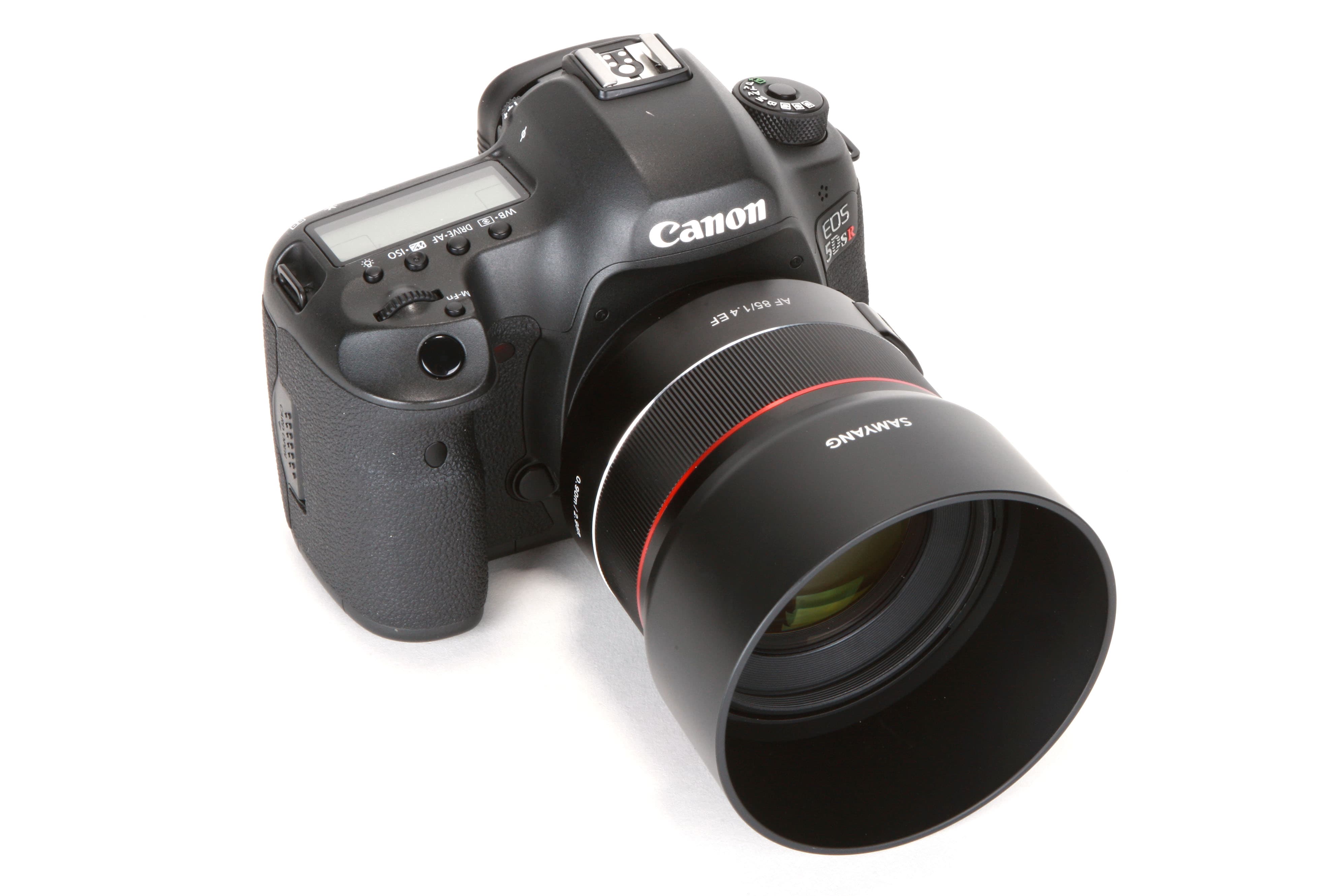
There’s a misconception that f/1.4 primes are always superior to lenses with an f/1.8 maximum aperture, but after comparing and contrasting this prime to Canon’s lighter, smaller and more affordable EF 85mm f/1.8 USM, I’d happily choose the latter and be content with slightly less background blur while saving £185.
If you’re a Canon user after a sensationally sharp 85mm f/1.4 lens and are prepared to pay more, I’d highly recommend the Sigma 85mm f/1.4 DG HSM Art or Canon EF 85mm f/1.4L IS USM ahead of the Samyang AF 85mm f/1.4 EF. Both are considerably heavier, but their optical performances are far superior.

